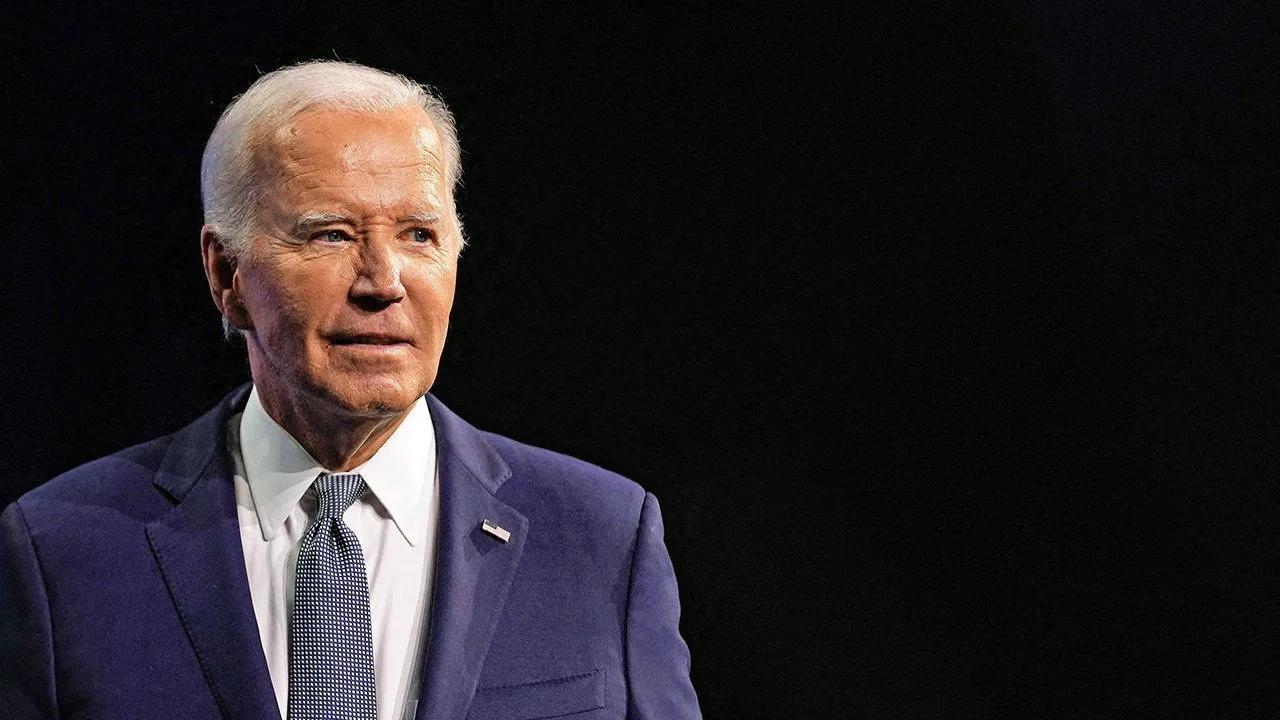Voters in the US go to the polls on 5 November to elect their next president.
The election was initially a rematch of 2020 but it was upended in July when President Joe Biden ended his campaign and endorsed Vice-President Kamala Harris.
The big question now is – will America get its first woman president or a second Donald Trump term?
As election day approaches, we’ll be keeping track of the polls and seeing what effect the campaign has on the race for the White House.
Who is leading national polls?
Harris has had a small lead over Trump in the national polling averages since she entered the race at the end of July and she remains ahead – as shown in the chart below with the latest figures rounded to the nearest whole number.
Harris saw a bounce in her polling numbers in the first few weeks of her campaign, building a lead of nearly four percentage points towards the end of August.
But the numbers have been relatively stable since early September, even after the only debate between the two candidates on 10 September, which was watched by nearly 70 million people.
You can see how little the race has changed nationally in the last few weeks in the poll tracker chart below, with the trend lines showing the averages and the dots showing the individual poll results for each candidate.
While these national polls are a useful guide as to how popular a candidate is across the country as a whole, they’re not necessarily an accurate way to predict the result of the election.
That’s because the US uses an electoral college system, in which each state is given a number of votes roughly in line with the size of its population. A total of 538 electoral college votes are up for grabs, so a candidate needs to hit 270 to win.
There are 50 states in the US but because most of them nearly always vote for the same party, in reality there are just a handful where both candidates stand a chance of winning. These are the places where the election will be won and lost and are known as battleground states or swing states.
Who is winning in swing state polls?
Right now the polls are very tight in the seven states considered battlegrounds in this election and neither candidate has a decisive lead in any of them, according to the polling averages.
If you look at the trends since Harris joined the race, it does help highlight some differences between the states – but it’s important to note that there are fewer state polls than national polls so we have less data to go on and every poll has a margin of error that means the numbers could be higher or lower.
In Arizona, Georgia and North Carolina, the lead has changed hands a few times since the start of August but Trump has had a small lead for a few weeks now. It’s a similar story in Nevada but with Harris the candidate who is slightly ahead at the moment.
In the three other states – Michigan, Pennsylvania and Wisconsin – Harris has been leading since the start of August, sometimes by two or three points, but in recent days the polls have tightened significantly.
All three of those states had been Democratic strongholds before Trump turned them red on his path to winning the presidency in 2016. Biden retook them in 2020 and if Harris can do the same then she will be on course to win the election.
In a sign of how the race has changed since Harris became the Democratic nominee, on the day that Biden quit the race he was trailing Trump by nearly five percentage points on average in the seven swing states.
In Pennsylvania, Biden was behind by nearly 4.5 percentage points when he dropped out, as the chart below shows. It is a key state for both campaigns as it has the highest number of electoral votes of the seven and therefore winning it makes it easier to reach the 270 votes needed.
How are these averages created?
The figures we have used in the graphics above are averages created by polling analysis website 538, which is part of American news network ABC News. To create them, 538 collects the data from individual polls carried out both nationally and in battleground states by lots of polling companies.
As part of its quality control, 538 only includes polls from companies that meet certain criteria, like being transparent about how many people they polled, when the poll was carried out and how the poll was conducted (telephone calls, text message, online, etc).
You can read more about the 538 methodology here.
Can we trust the polls?
At the moment, the polls suggest that Kamala Harris and Donald Trump are within a couple of percentage points of each other in all of the swing states – and when the race is that close, it’s very hard to predict winners.
Polls underestimated support for Trump in both 2016 and 2020. Polling companies will be trying to fix that problem in a number of ways, including how to make their results reflect the make-up of the voting population.
Those adjustments are difficult to get right and pollsters still have to make educated guesses about other factors like who will actually turn up to vote on 5 November.




